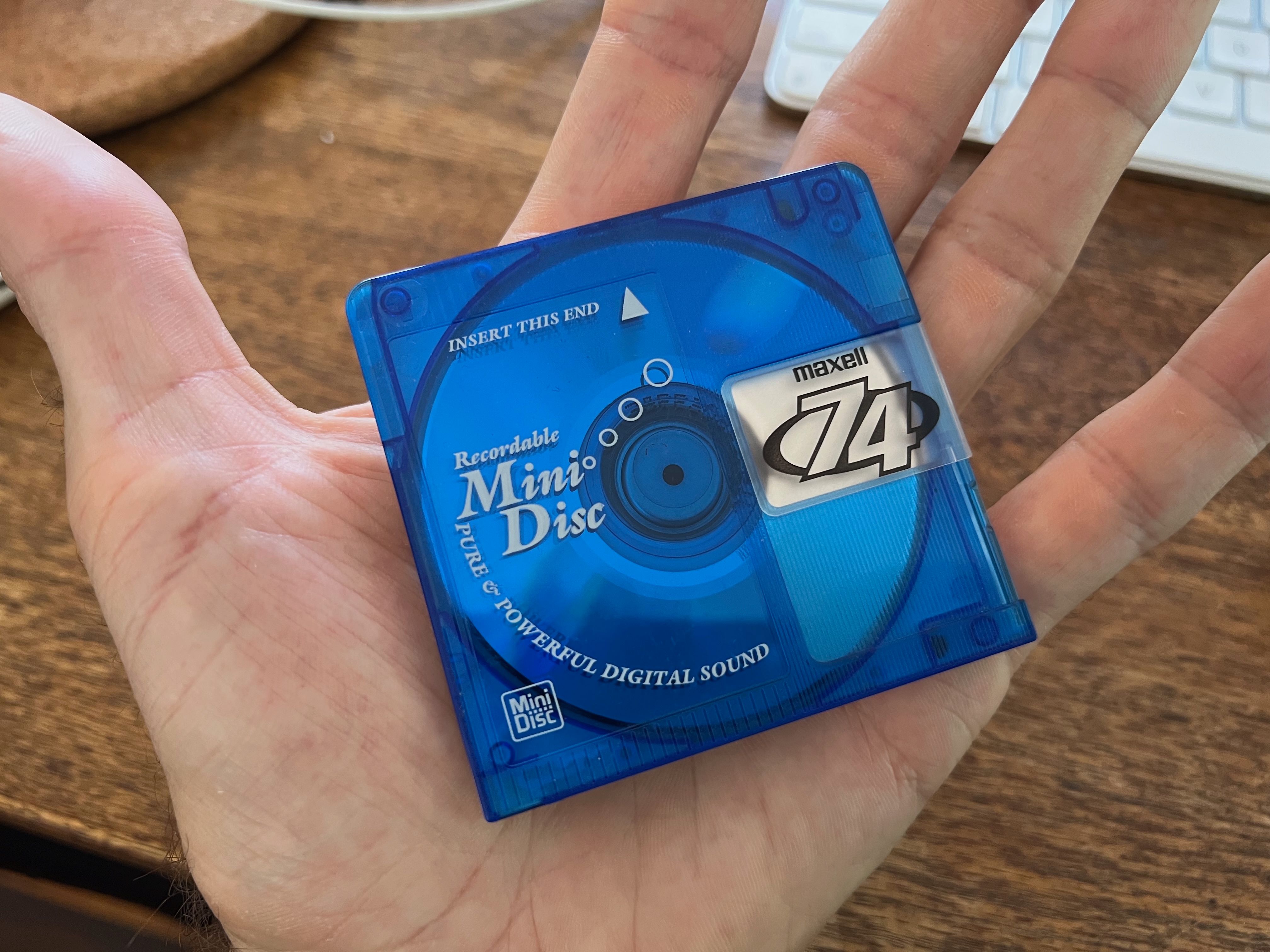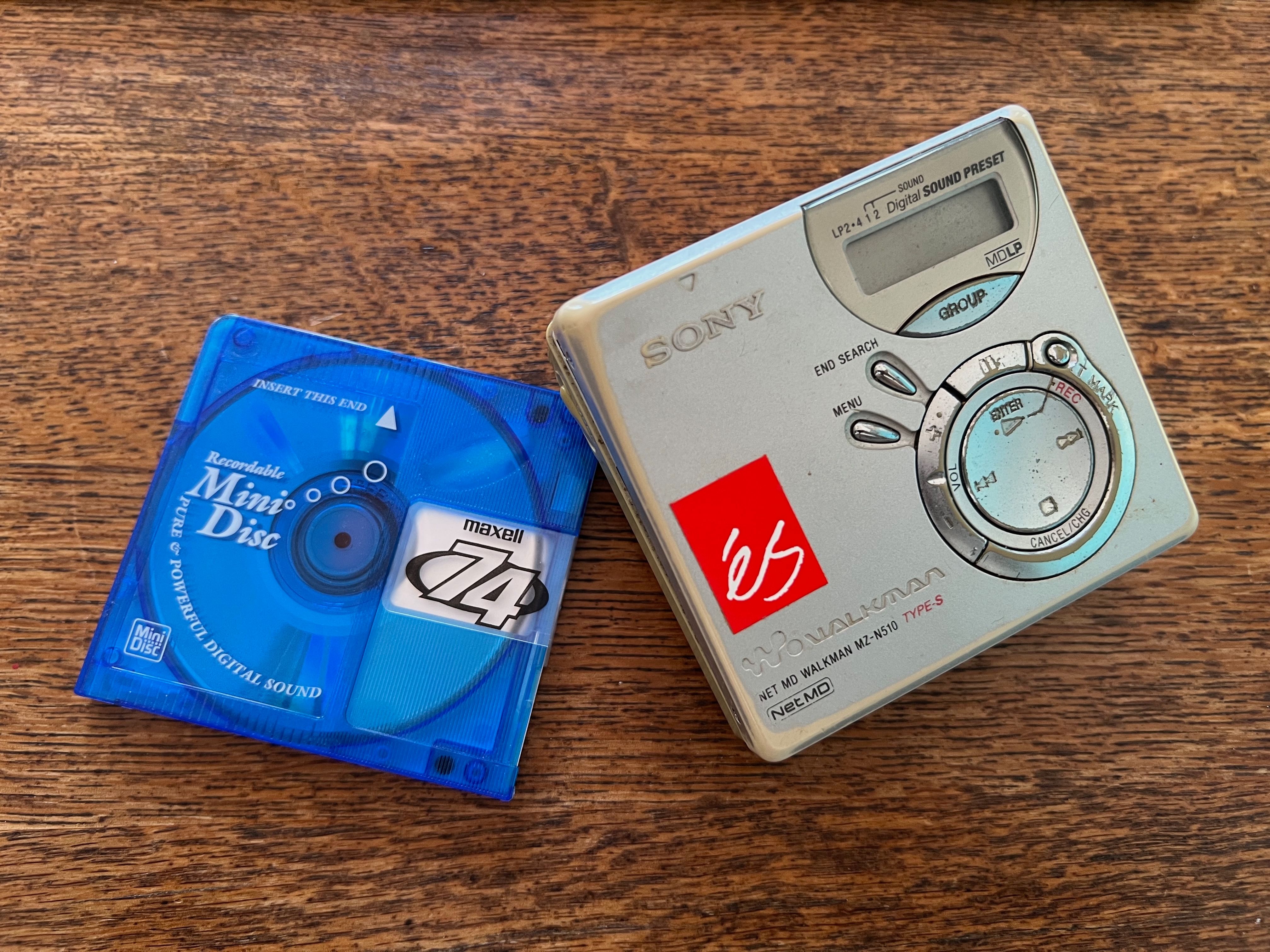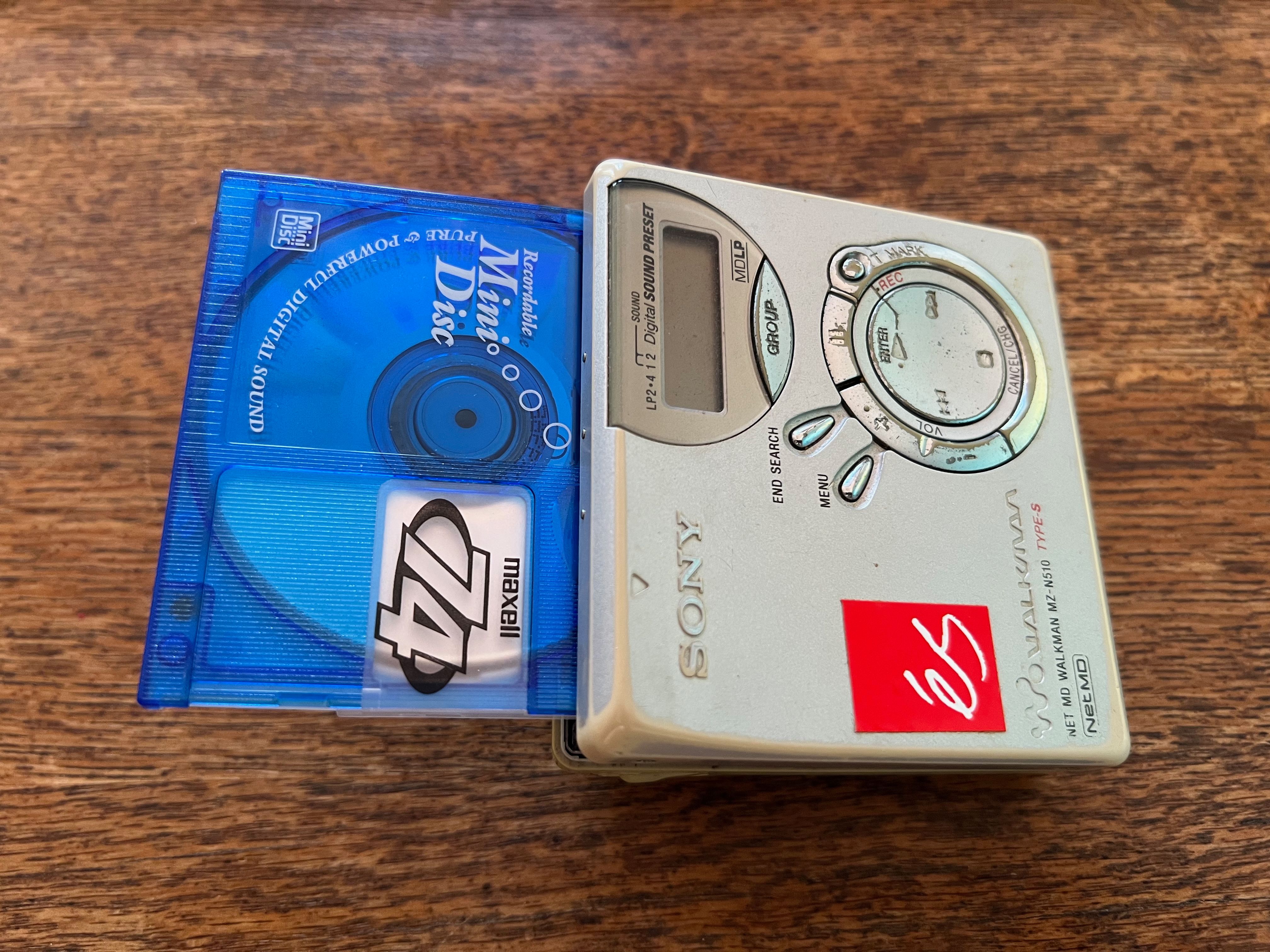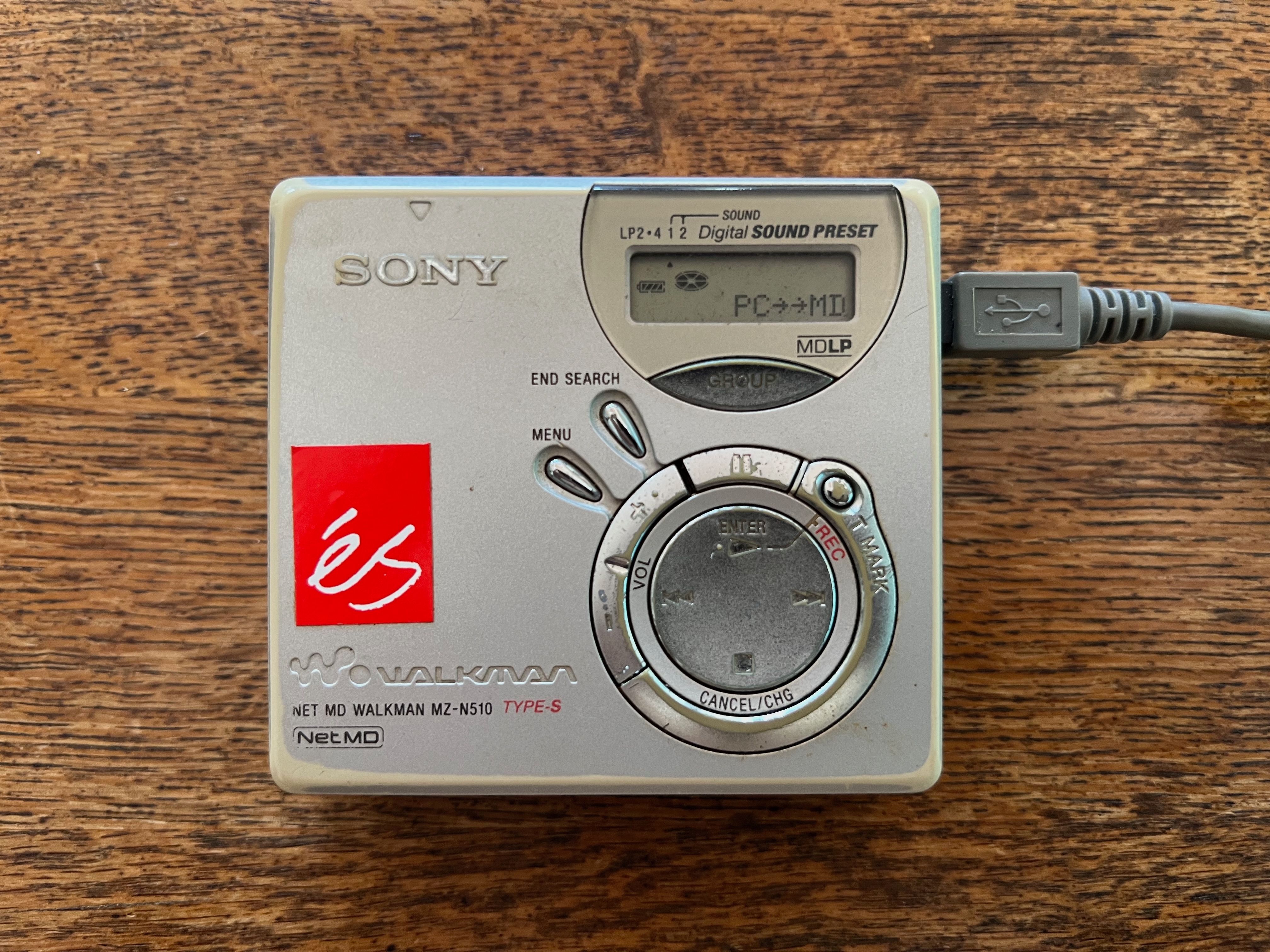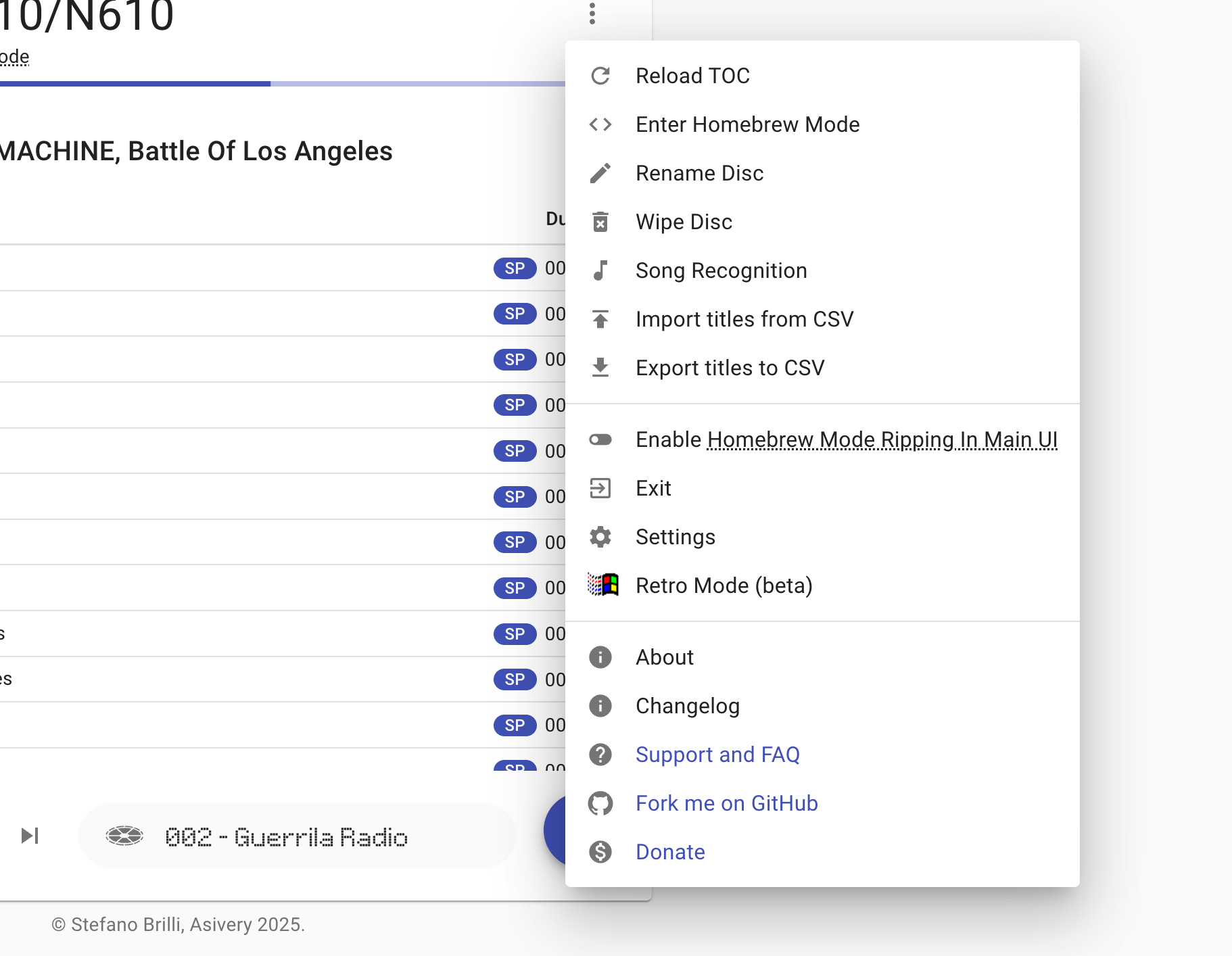Summary
- MiniDisc combined the digital benefits of a CD with mix tape abilities of a cassette in a durable pocket-friendly package.
- Time is running out to enjoy MiniDisc as Sony has stopped producing disk media, causing prices to spike.
- The Web MiniDisc Project still allows easy transfer of files from computer to MiniDisc using a web browser.
MiniDisc is one of the most under-appreciated audio formats of all time. It combined the digital benefits of a CD with the mix tape abilities of a cassette in a pocketable package.
Though the rise of MP3 players and writeable optical media helped sink the format, there are still a few reasons you might want to dig out or get your hands on a player today. Unfortunately, time is of the essence.
A Brief History of MiniDisc
As someone who was all-in on MiniDisc in the early 2000s, I’ll be the first to admit that it’s a strange format. MiniDisc never really challenged formats like CD, cassette, and vinyl as a medium for audio sales. Though some artists and labels released pre-recorded MiniDiscs, the real appeal of the format was in creating your own mixes.
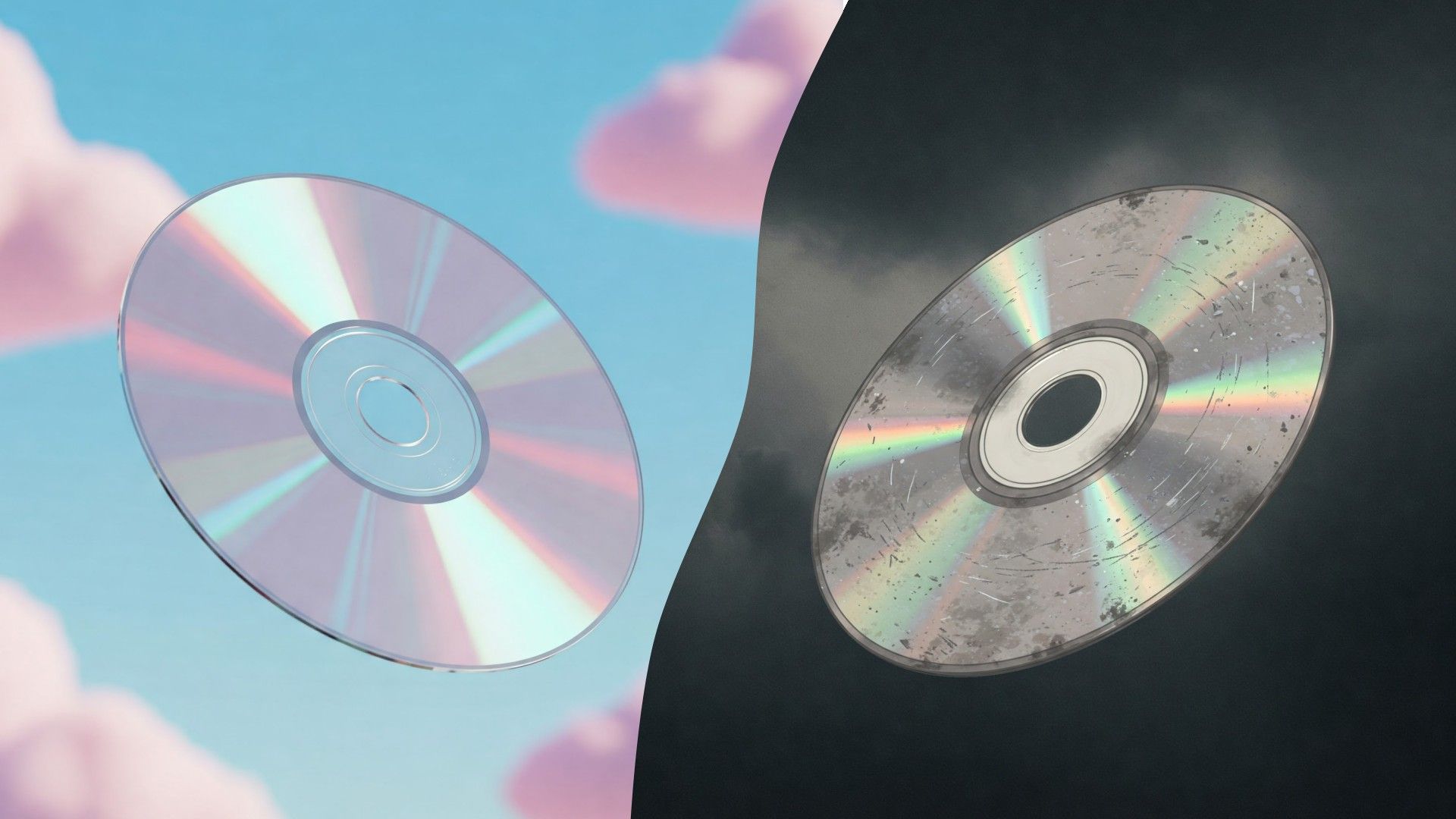
Related
The Rise and Fall of CDs (And Why They’re Coming Back)
Reports of the CD’s death are greatly exaggerated.
This helped the format gain popularity in broadcast mediums, like radio. It was massively popular in Japan and neighboring Asian markets, where home recorders and portable players really took off. The format also enjoyed moderate success in Europe, where combined portable players and recorders were more dominant.
But the format really struggled to take off in the United States, even after Sony licensed the technology out to rivals like Sharp and Pioneer. One of the biggest drawbacks to the format was the price of blank media, particularly when writeable CD-Rs arrived on the scene and rapidly dropped in price in the mid-2000s.
Blank media was available in 60, 74, and 80-minute formats. Sony’s NetMD technology allowed computer software like SonicStage to transfer CDs, recordings, and files to a MiniDisc (before this, recording was a lot like creating a cassette). Both the disc itself and each track could be digitally labeled, with ATRAC compression used to reduce CD audio bitrate of 1.4Mbit/sec to 292kbit/sec to fit a CD’s worth of music onto a disc that holds around 300MB of raw data.
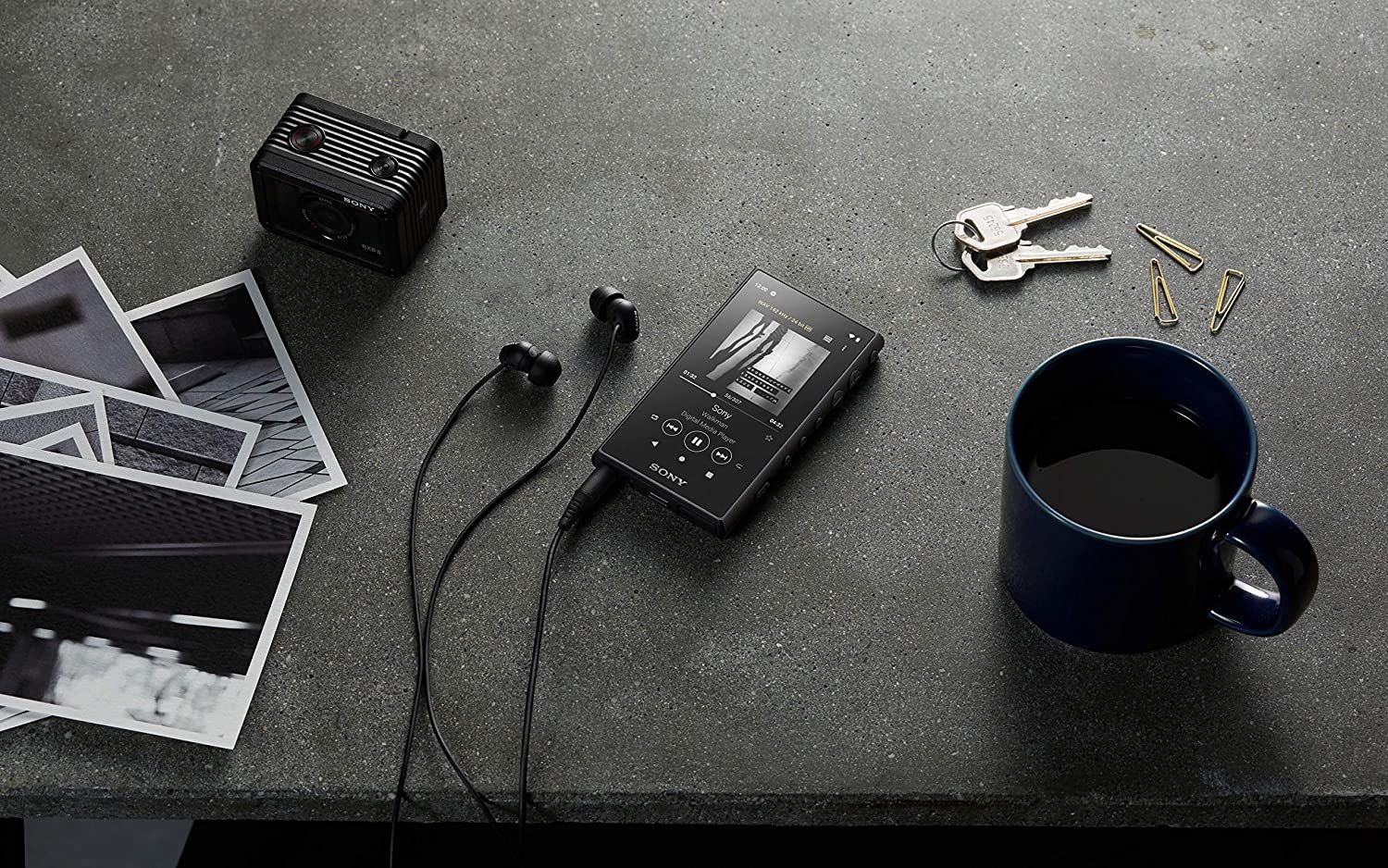
Related
MP3 players have come a long way, and many of them play much more than just MP3s.
Despite this reduction in bitrate, sound quality is excellent. Though some claim to be able to hear compression, most cannot. Compared to painfully compressed MP3s downloaded from LimeWire or Napster, MiniDisc was far closer to a CD original. This helped earn the format a dedicated following, some of which endures to this day.
Sony tried to revive MiniDisc by releasing Hi-MD, a high-capacity version of the technology that offered a storage capacity of 1GB per disc, the ability to store computer files, and eventually native MP3 support. But it was too little, too late. In September 2011, Sony stopped shipping all MiniDisc Walkman products, and in February 2013 all other MiniDisc devices were killed off too.
Why Bother With MiniDisc?
MiniDisc won’t give you that fabled “warm” sound that some (erroneously or otherwise) associate with vinyl. It won’t give you the “vaporwave hiss” that has made cassette reissues so popular. It delivers roughly one-fifth of the bitrate of a CD, and it lacks the incredible catalog associated with the format.
No, MiniDisc is far more of a curio. In reality, you’re mostly likely to have a soft spot for it if it was your platform of choice back in the day. Perhaps you’ve got a small selection of MiniDiscs that perfectly capture the music of your youth. Maybe you’ve hung on to the MiniDisc player you took to school every day, or that you mounted on your car’s dashboard in 2002.
Aside from nostalgia, there’s a physical element that will be appreciated by anyone who loves the sound of a floppy disc clunking into place. MiniDiscs are a lot like cassettes, but they’re far more resilient and higher quality. They’re tactile and shiny, and they rattle when you shake them. MiniDisc represents some of the most pleasing elements of both digital and physical formats.
Using MiniDisc is a deliberate act. Putting an album on is a physical movement. Choosing to create a mix requires that you sit down and carefully select tracks. You can write out the tracklist and stick it to the disc, or you can print some album art and glue it down. It’s also a digital format from which you can relatively easily record from analog sources if you need to.
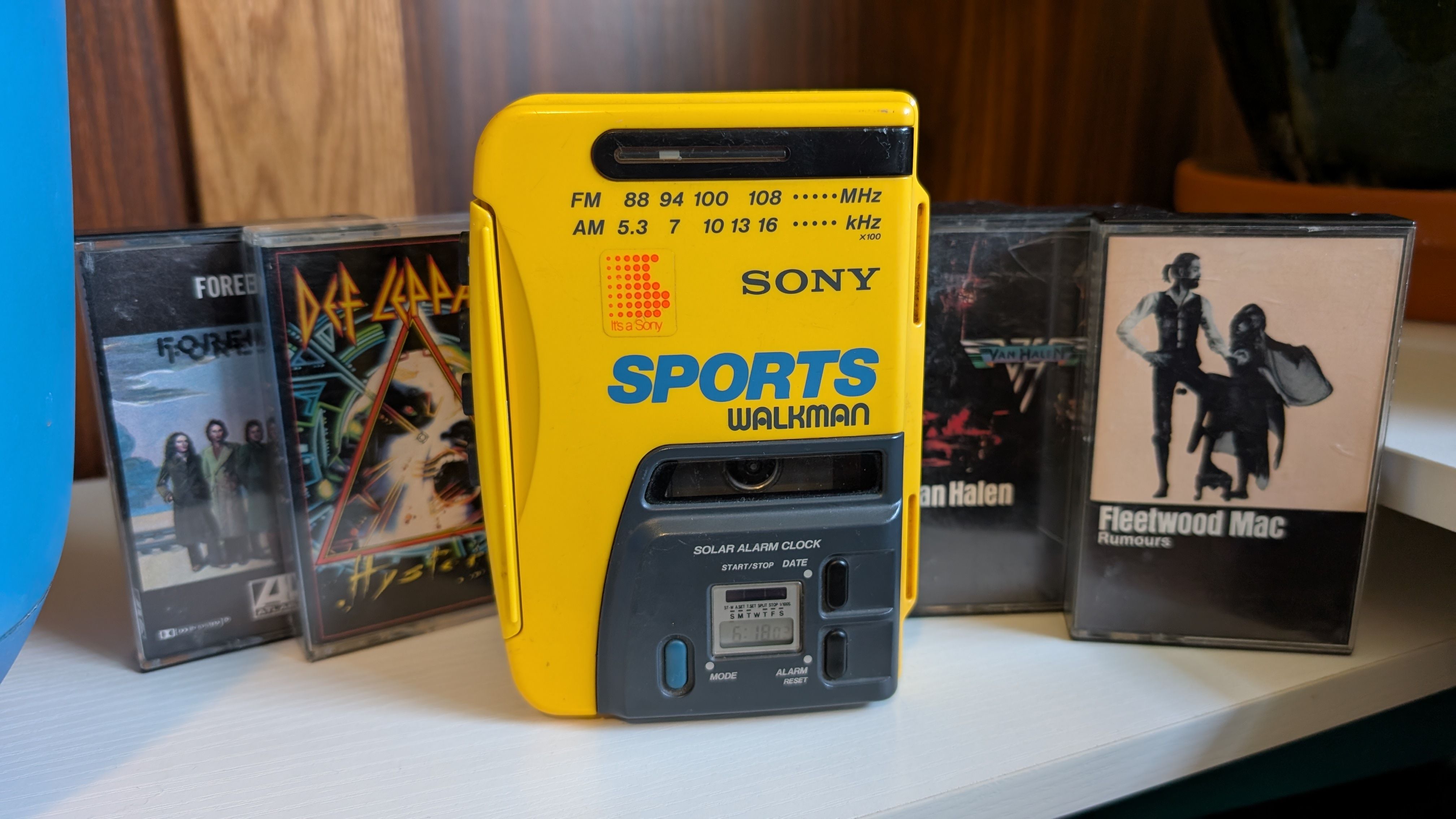
Related
Vinyl? CDs? Collect Physical Media With an Emotional Connection
Don’t get caught in meaningless trends.
You can absolutely make use of MiniDisc in 2025 and beyond. Most players took simple AA cells, and battery life generally outshines that of a CD player. The higher-end models are smaller than many smartphones, and the 3.5mm stereo headphone jack hasn’t changed since. They also offer solid skip-protection and, if my budget Sony NZ-MD510 is anything to go by, they can take a knock too.
You may encounter a few issues, namely limits on how many tracks you can fit on a disc (though long-play recording can sacrifice quality for runtime) and a lack of native compatibility with wireless Bluetooth headphones. On the upside, MiniDisc makes a great upgrade for car stereo that’s stuck playing cassettes and since most of us no longer own optical drives, rewritable MiniDiscs are arguably more convenient than CD-Rs too.
Players Are Cheap, Discs Are Not
You can find MiniDisc players in all shapes and sizes on websites like eBay. Many of these devices come directly from Japan, with prices ranging from less than $40 to more than $300. The rarer the unit, the more you will pay; though you don’t need something super fancy in order to use the format.
At the very least, aim for a NetMD recorder. This will allow you to write MiniDiscs using a computer by connecting the player via a USB cable. If your player of choice lacks NetMD, you’ll have to create recordings manually by recording from a stereo or optical output.
Many portable players had remotes, battery packs, and carry cases. Time has not been kind to these accessories, so you can usually save some money by just opting for a player alone. You can also find Hi-Fi separates that added MiniDisc to the home, though these are generally a lot more expensive than portable recorders.
Unfortunately, Sony announced in January 2025 that production of blank recordable MiniDisc media would end the following month (alongside recordable Blu-Ray and MiniDV tapes). Since Sony was the last company producing this media, which means that there is now a finite number of MiniDiscs available in the wild.
This has caused the price of recordable media to spike considerably, particularly rarer formats like Hi-MD which were already hard to come by. Prices fluctuate, with Sony discs fetching averaging around $8 per disc, though cheaper lots can be found particularly from brands like TDK and Maxell.
Expect to pay significantly more for sealed media that has never been recorded to. Sony once claimed that a MinDisc could withstand a million recordings, with storage remaining stable for 30 years at least. That said, heat, humidity, physical damage, and the presence of strong magnets can cause issues with MiniDisc.
Use Web MiniDisc to Write Discs
You can make your own recordings using an input cable and a source like a CD player, mixing desk, or microphone; but transferring files from a computer to a MiniDisc is by far the most convenient way to make use of the format. This is why you should aim for a NetMD player if you’re hoping to get into the format.
Thanks to the Web MiniDisc Project, you can write music to a MiniDisc using virtually any computer and a web browser. The website requires Chrome or a Chromium-based browser to avoid connectivity issues. Plug your MiniDisc player into your PC and insert a disc into the drive, then visit the website and hit the “Connect” button.
You’ll see a window appear in which you can select your MiniDisc player. Hit “Connect” and the website will fetch a list of tracks on your disc. You can use the button on-screen to control playback (which won’t play via the USB connection, but rather via the 3.5mm output on your player). You can also use the web app to use Hi-MD MiniDiscs if you have a compatible player.
You can delete tracks, move things around, edit labels, wipe discs, automatically detect songs, and use the big “+” plus icon to write files to the disc. You’ll also find “Homebrew mode” under the “three dots” menu at the top of the page. This is an experimental mode that uses third-party exploits to do all manner of things, chiefly allowing you to rip the contents of a MiniDisc back to a computer.
Only those who really want to use MiniDisc will see the benefits of grabbing 20-year-old hardware and size-limited physical discs, but the fact that you can do this if you want to is something to be celebrated.
If you’re a sucker for physical media, nostalgic for the past, or simply curious about a format that passed you by then you can get a foot in the door relatively cheaply and you’re not tied to outdated proprietary software in order to do so.
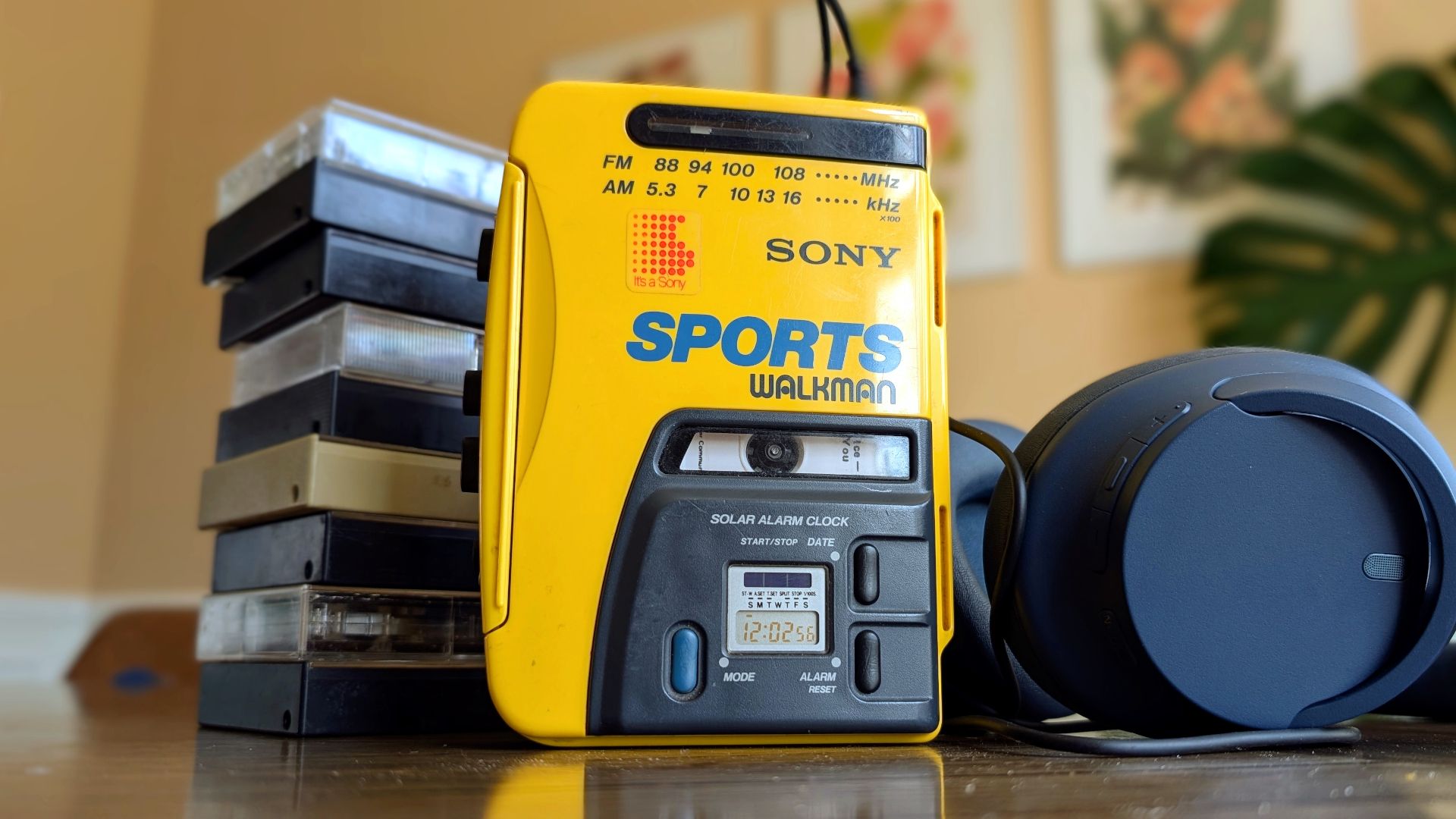
Related


